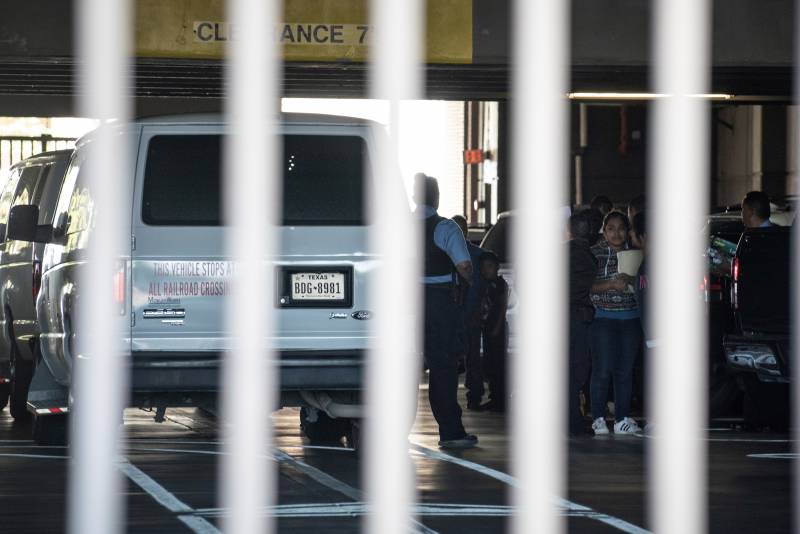But that court system is chronically underfunded, with not enough judges or support staff, according to a 2019 report by the American Bar Association. While the Trump administration hired more judges and imposed a case completion quota on judges meant to speed up their work, neither made a dent in the backlog. Meanwhile the ABA report found that hiring practices became politicized and the administration’s policies threatened due process.
On top of all of that came the COVID-19 pandemic, which led to months of closed courts, suspended hearings and delayed processing.
While many state and federal courts moved quickly to conduct hearings over video conference calls, the Executive Office of Immigration Review, as the immigration court system is known, was behind the curve, according to longtime San Francisco immigration judge, Dana Leigh Marks, who is the executive vice president of the National Association of Immigration Judges.
“What the pandemic and quarantine restrictions revealed is just how abysmally prepared EOIR has been from the technology aspect,” said Marks, speaking in her role with the NAIJ, the judge’s union. “And we do not have universal electronic filing… so there’s roughly a million cases or more that are still paper-based. And that really makes hearings from a judge’s home much more problematic.”
More judges, plus asylum officers who can decide claims
Biden has proposed increasing the budget to hire an additional 100 immigration judges, above the current 539, as well as more support staff. He would increase legal representation for immigrants, and create a dedicated court docket for asylum cases. But the biggest change would be to empower asylum officers to decide asylum claims that are currently handled by immigration judges.
The nearly 800 asylum officers, who work for U.S. Citizenship and Immigration Services, a part of the Department of Homeland Security, already conduct those initial credible fear screenings at the border. And they adjudicate the cases of people who claim asylum while already present in the U.S. But under the current system, if someone asks for asylum as they’re entering the country at a border, they have to make their case before an immigration judge.
